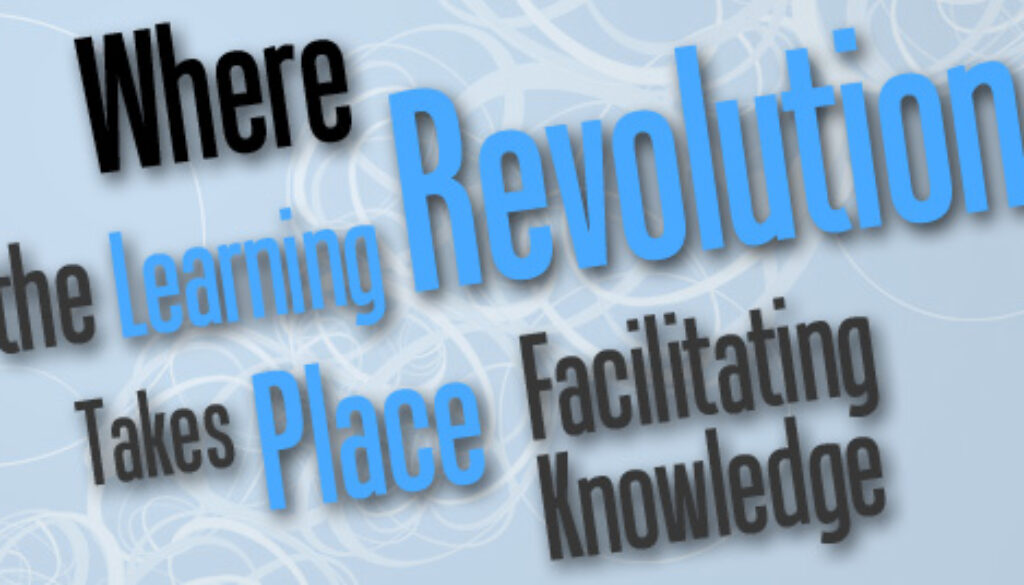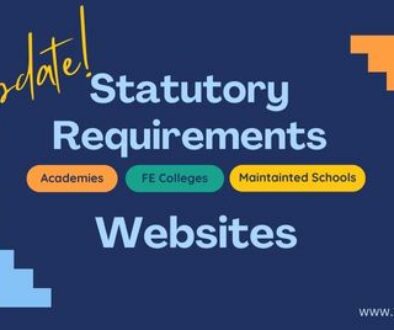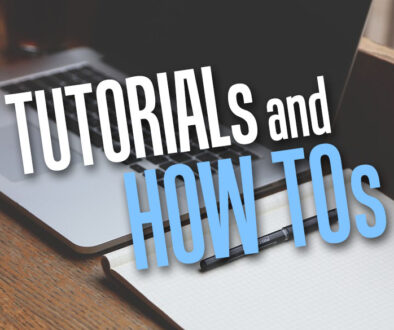Where the Learning Revolution Takes Place – Facilitating Knowledge
So much has been said about embedding technology in to education, about how technology will revolutionise teaching. The truth is technology on its own does little.
As much as the ideas of embedding technology in to education are typically to adjust teaching methodology to make room for the application of technology, the fact is that for technology to be used at its optimum, requires far more than simply replacing traditional techniques of teaching with some technology.
In essence, technology cannot and should not supplant old process for new, simply by replacing the ‘method’ in which something is done.
For example, where traditionally it used to be that teachers explained a concept to a class, for e.g. dynamics in Physics. A poor example of technology use would be typically to create a Powerpoint, that the presents the facts and possibly one or two examples within a lesson.
For technology to be used effectively, we find that a great shift in mentality needs to occur (Reorientation) in which educators realise and understand that information and knowledge is out there and what we need to do is to teach the skills to accessing this knowledge (the optimum search terms) and the analytical ability to weigh up the pros and cons of the information (Wikipedia is NOT always the best source).
We as educators, also need to trust that we while will not be able to ‘know’ everything, what we do have, compared to the students we teach, is a wealth of experience and life learning. This means that we have the greater ability to measure and weigh-up information, even if we do not directly ‘know’ the information.
To Learn by Finding Knowledge and Seeking Examples
So back to that Physics example, perhaps the students could be asked to find out (Google) ‘what is dynamics, physics’ and then with the definitions, to internalise that explanation. This perhaps could be followed by the next step of which they need to seek out and share (possibly even debate and discuss) examples of Dynamics in action (a search on YouTube, maybe).
Learn by Teaching and Sharing
By the time they have carried out both activities, the students would be in a much better position to actually explain their own understanding of Dynamics. (Here at this point, it would be important for the educator to correct any misconceptions) This knowledge could potentially then be concretised by having students create presentations, posters, videos or audios on their understanding of Dynamics before finally moving on to actual calculation-based Dynamics questions.
Teaching this way with the application of Technology, for learning (rather than teaching) allows our students to take a little bit more responsibility for their learning, to have them realise that they can be independent learners (albeit guided ones).
Constantly Evolving
The final bit of the puzzle to all this is that we constantly need to evolve both in our understanding of technology applications and the whole new world that it offers for our education systems.
Have you managed to make that transition to Facilitating Knowledge? What are your thoughts on Teaching with Technology? Do share your experience with us.
To make sure you continue to receive interesting exciting articles at the forefront of learning with technology, remember subscribe to our updates and follow @ColorMyLearning.
Author: Li-ling, tweets as DrOoi and is passionate about all things learning.
Article originally appeared on www.colourmylearning.com


